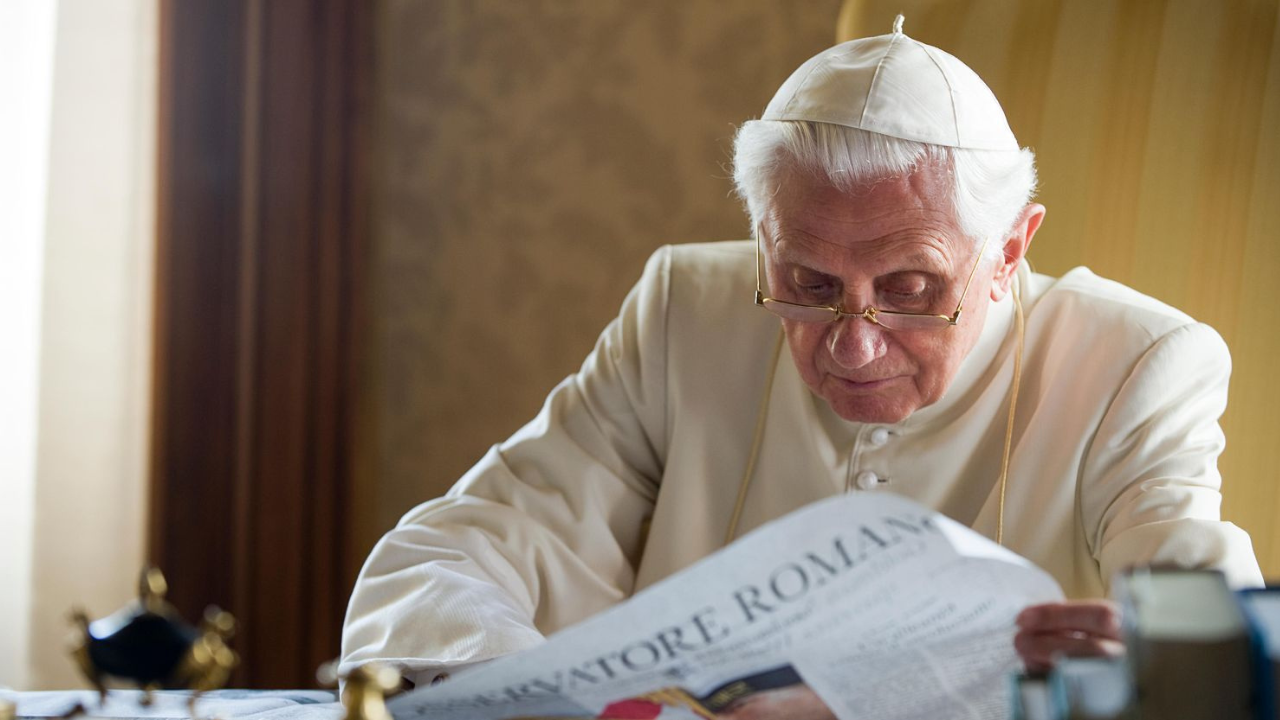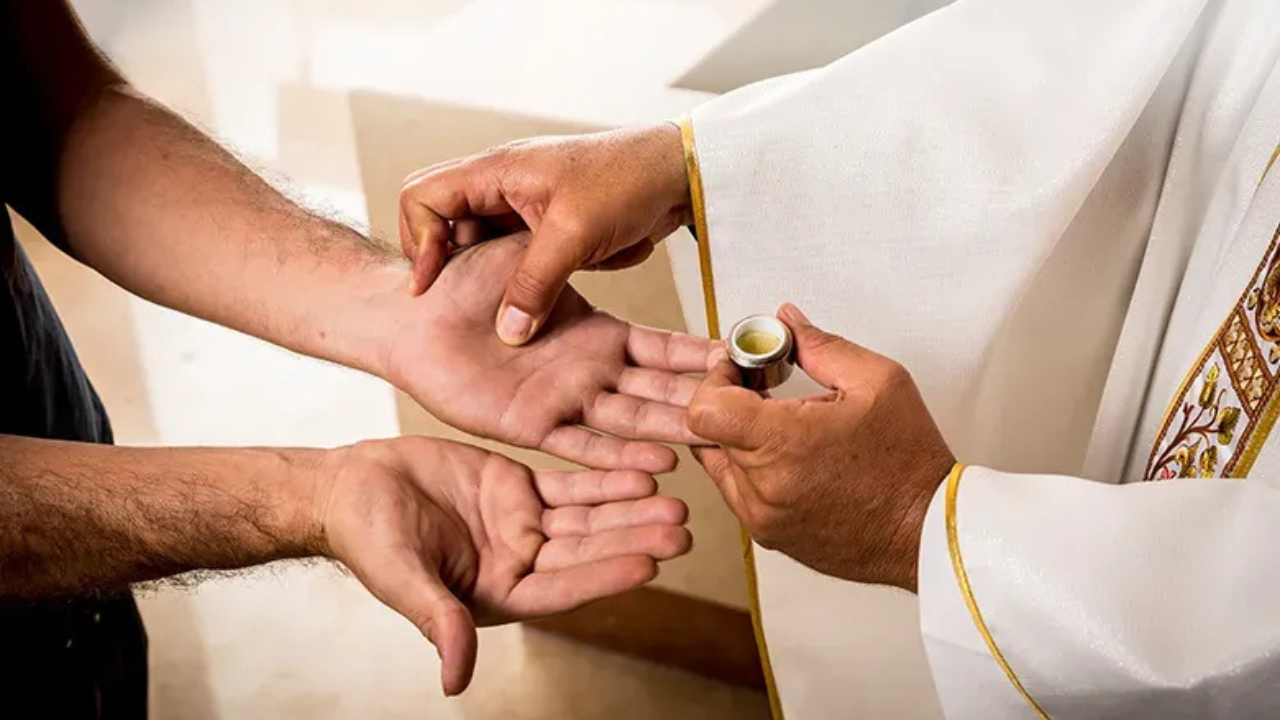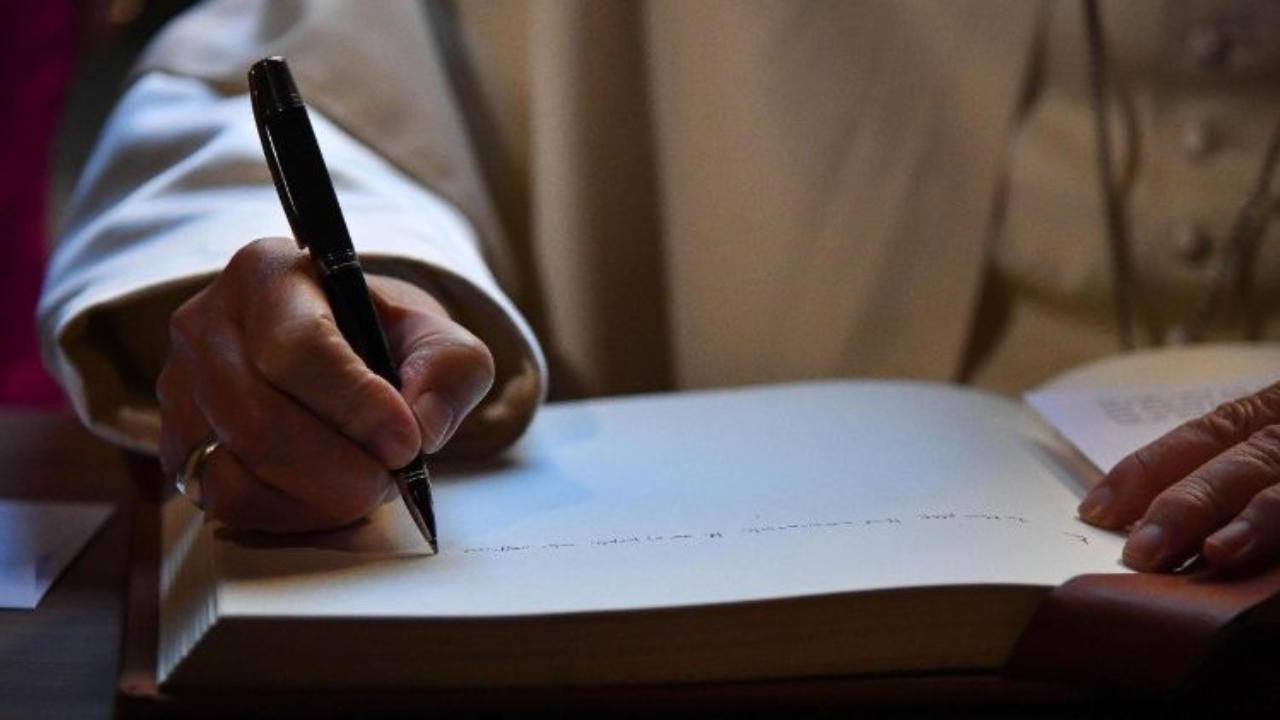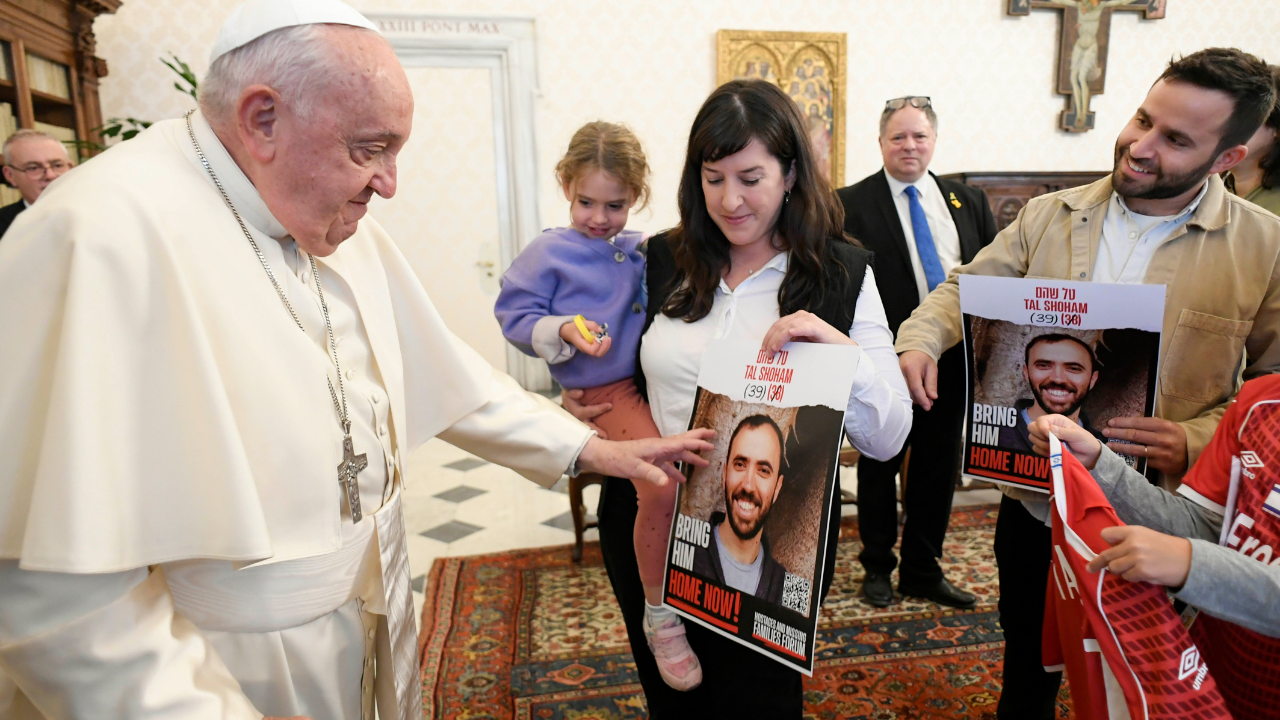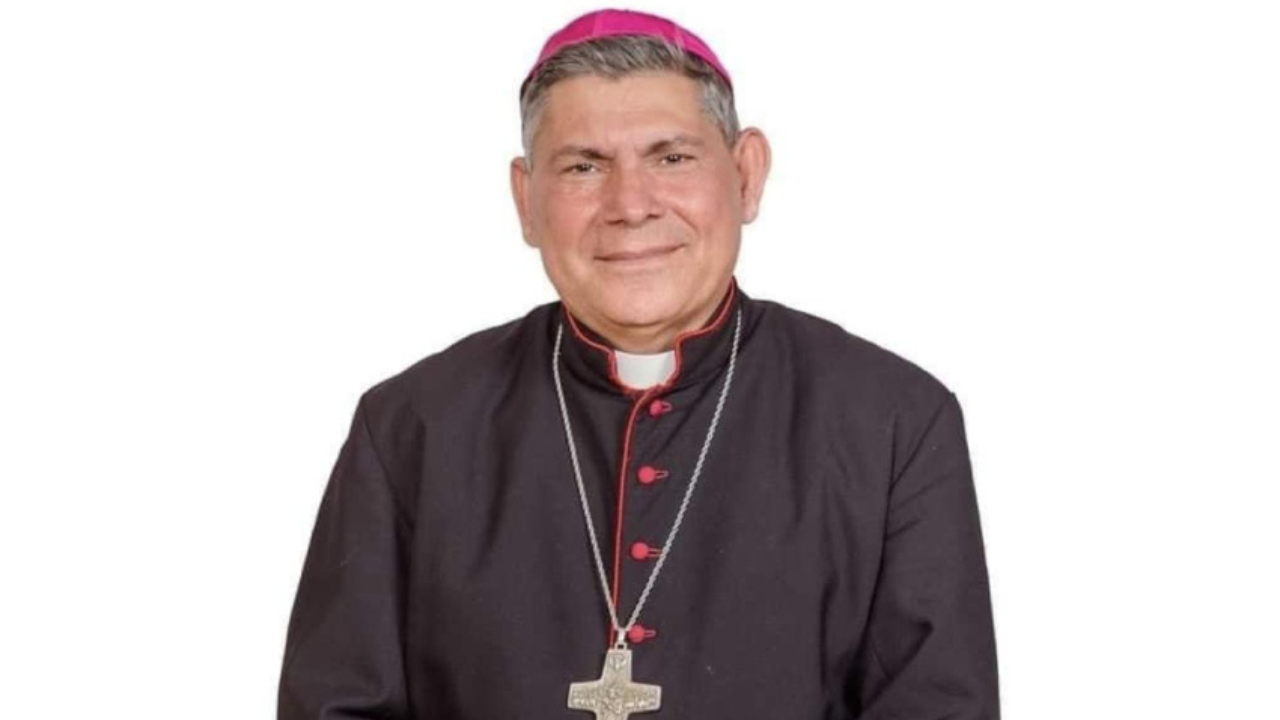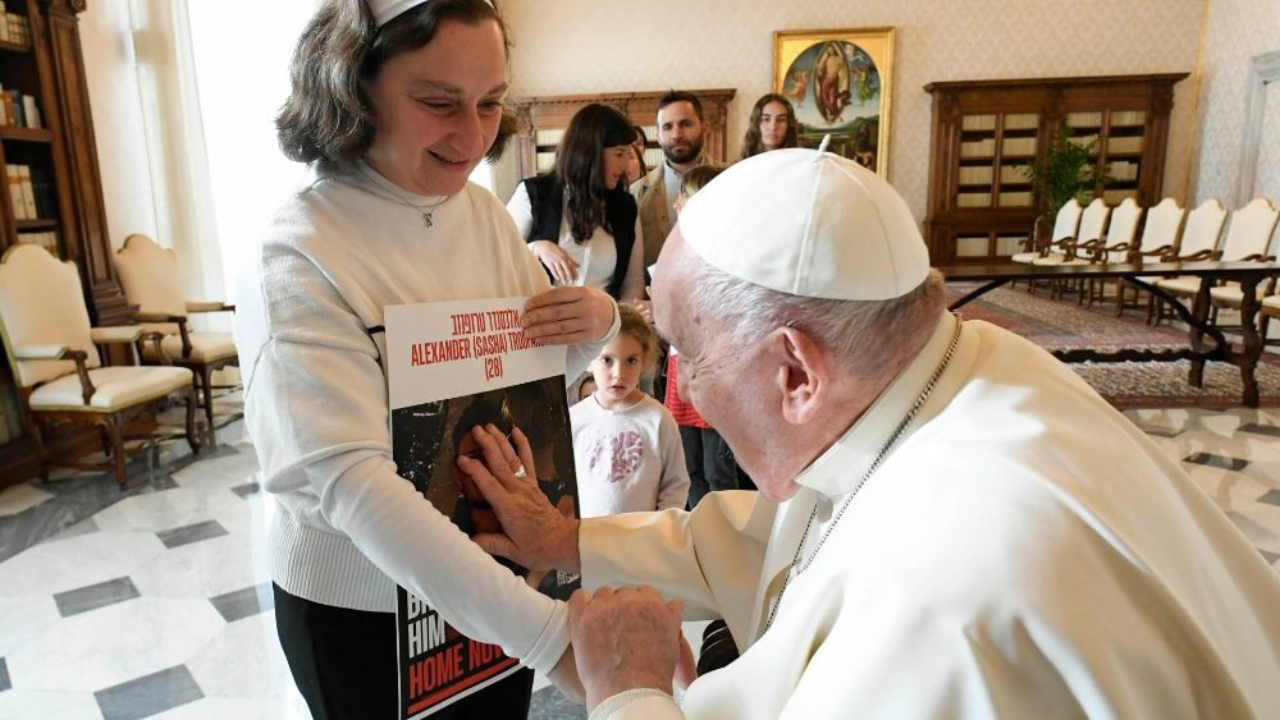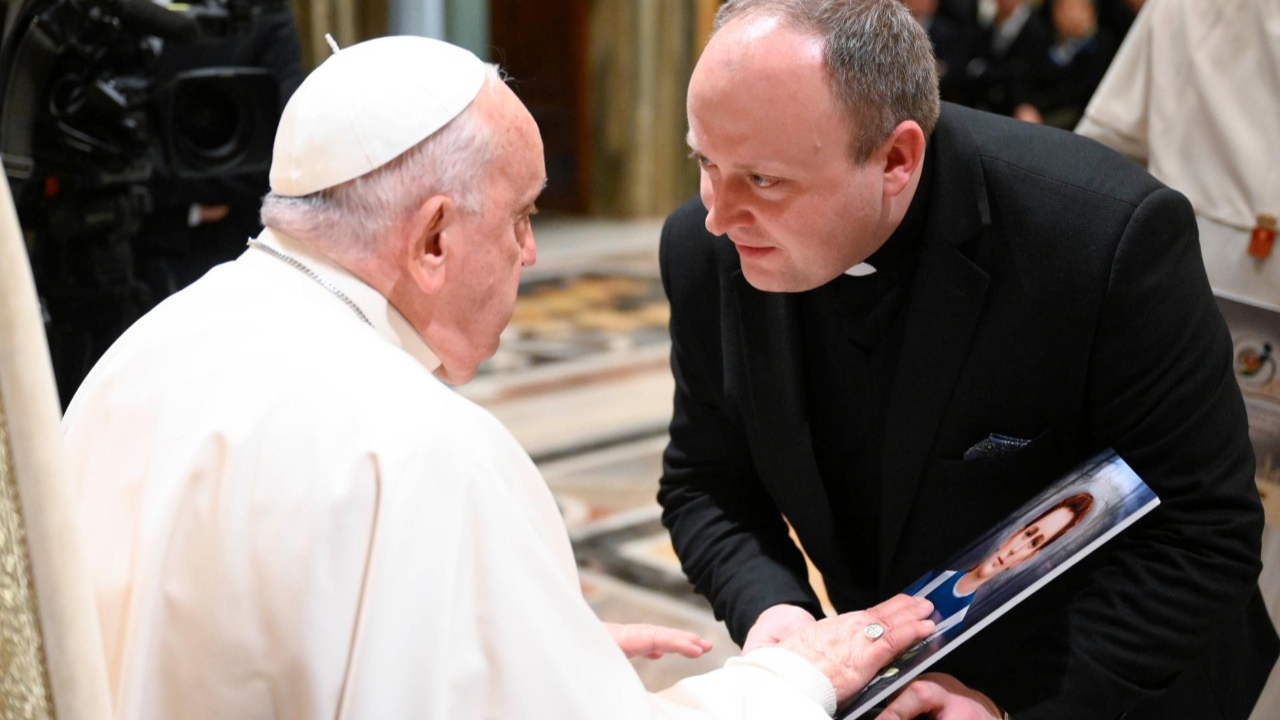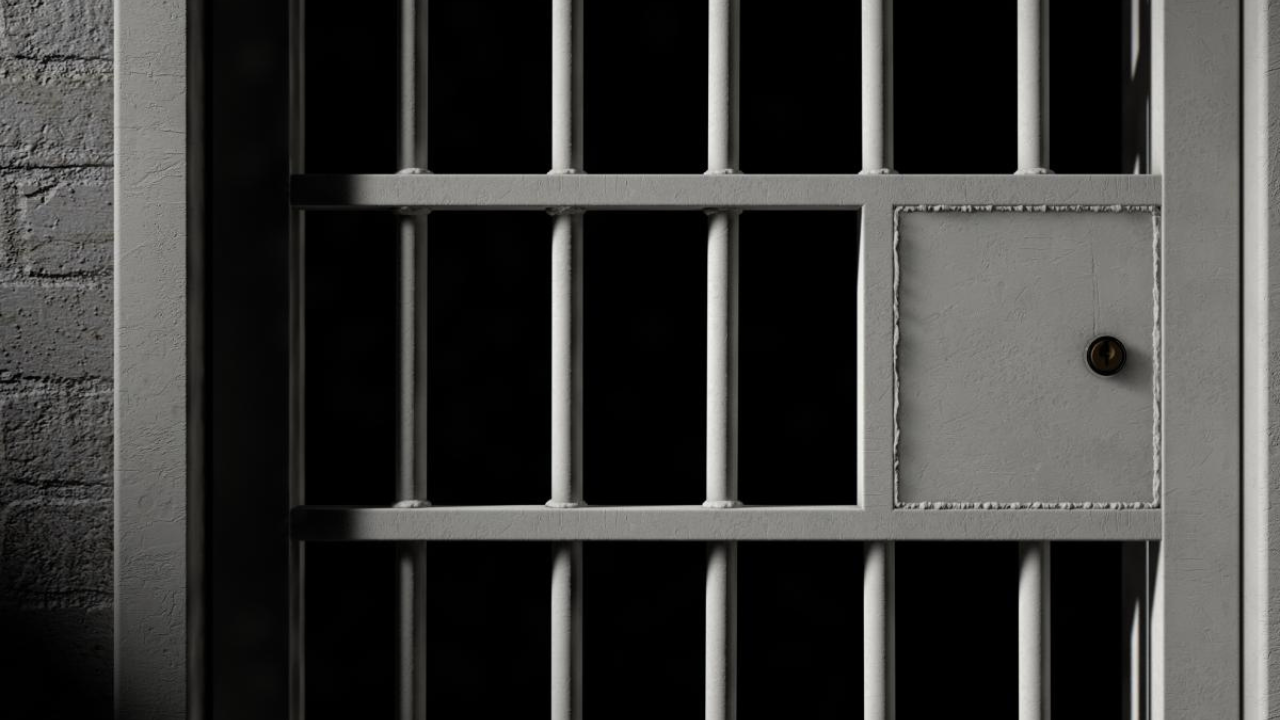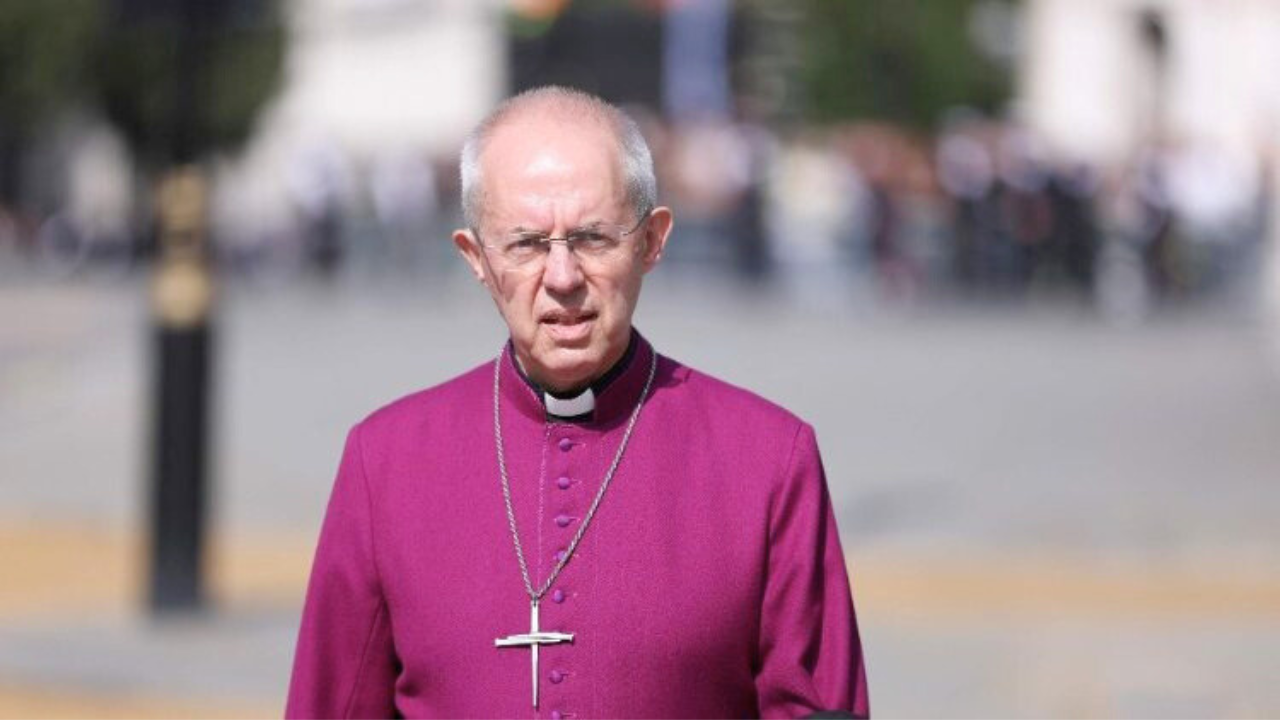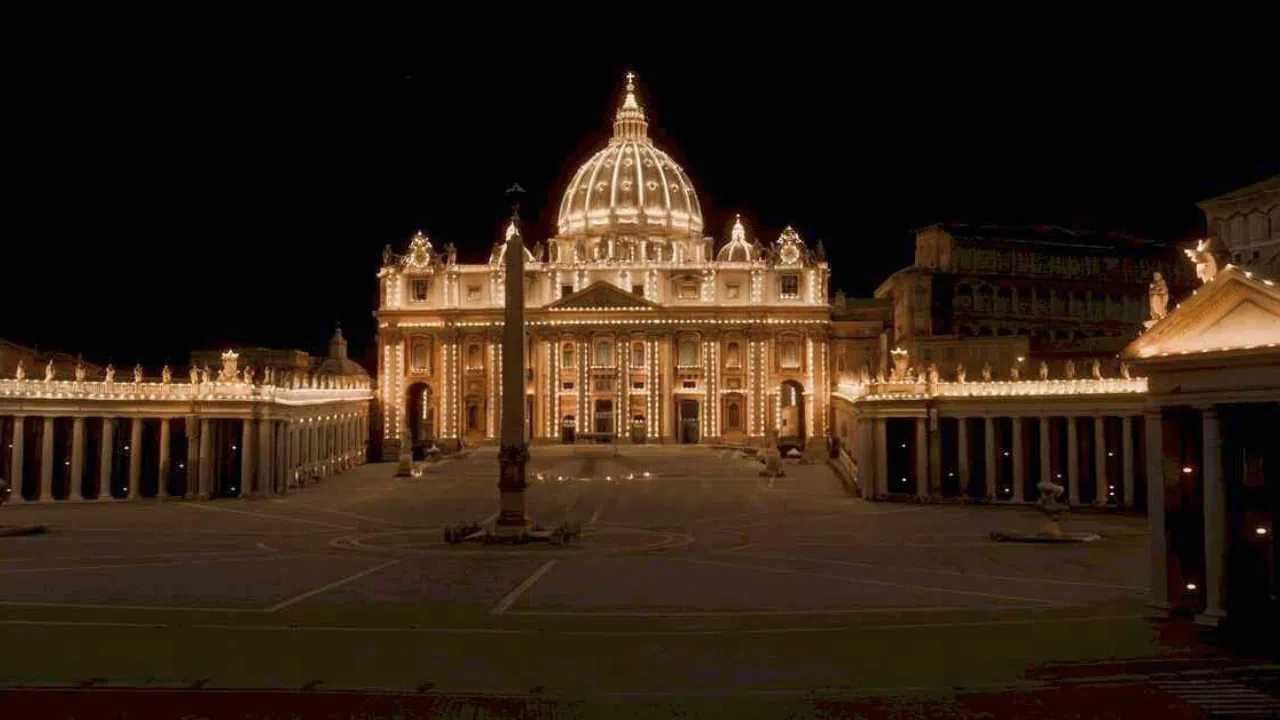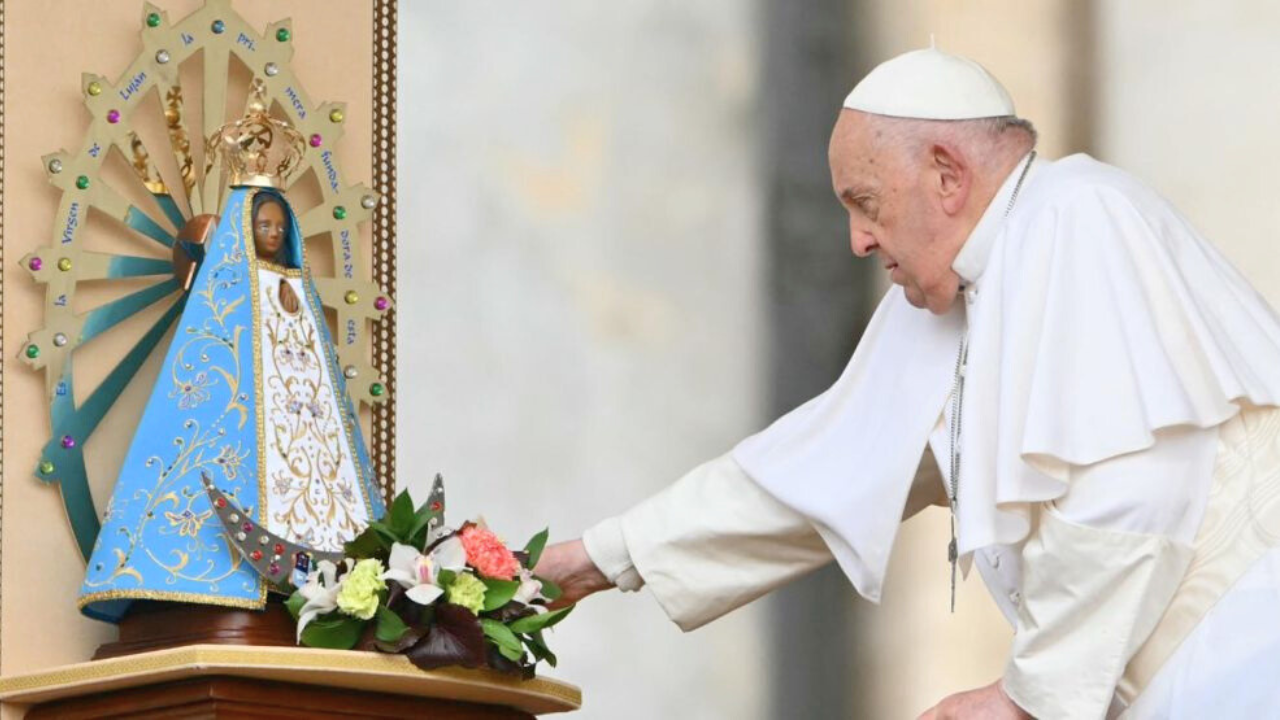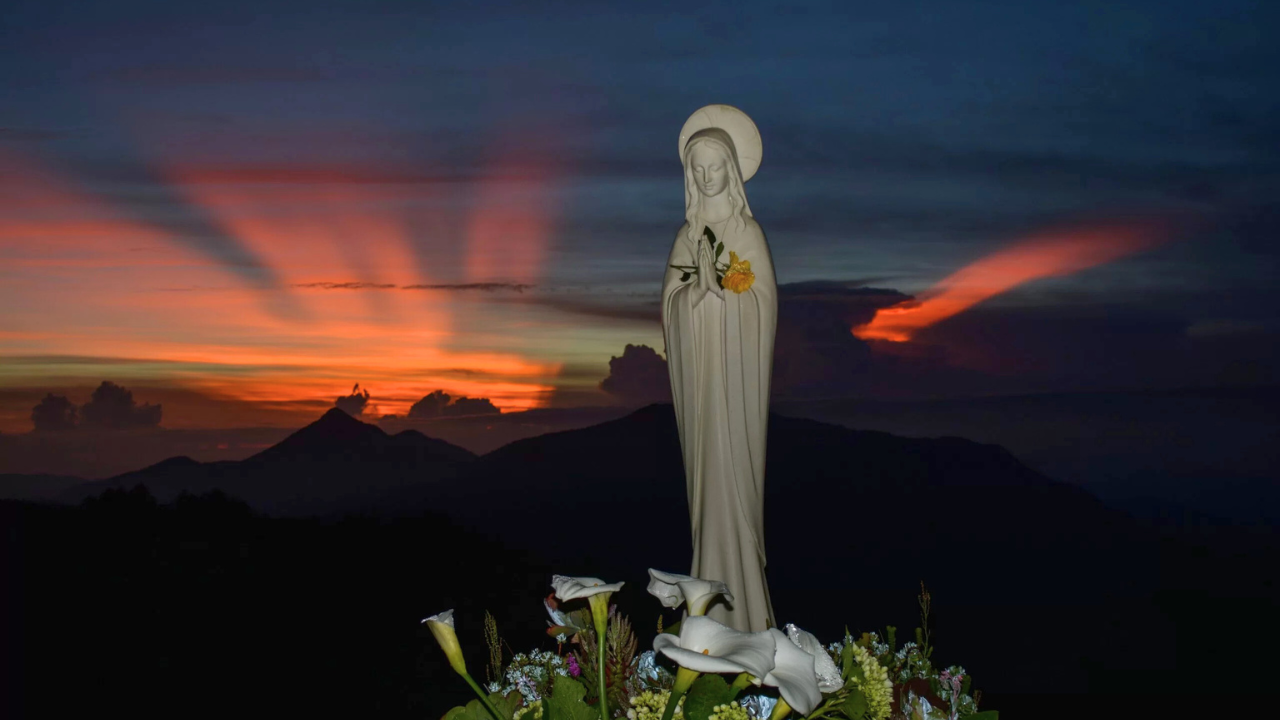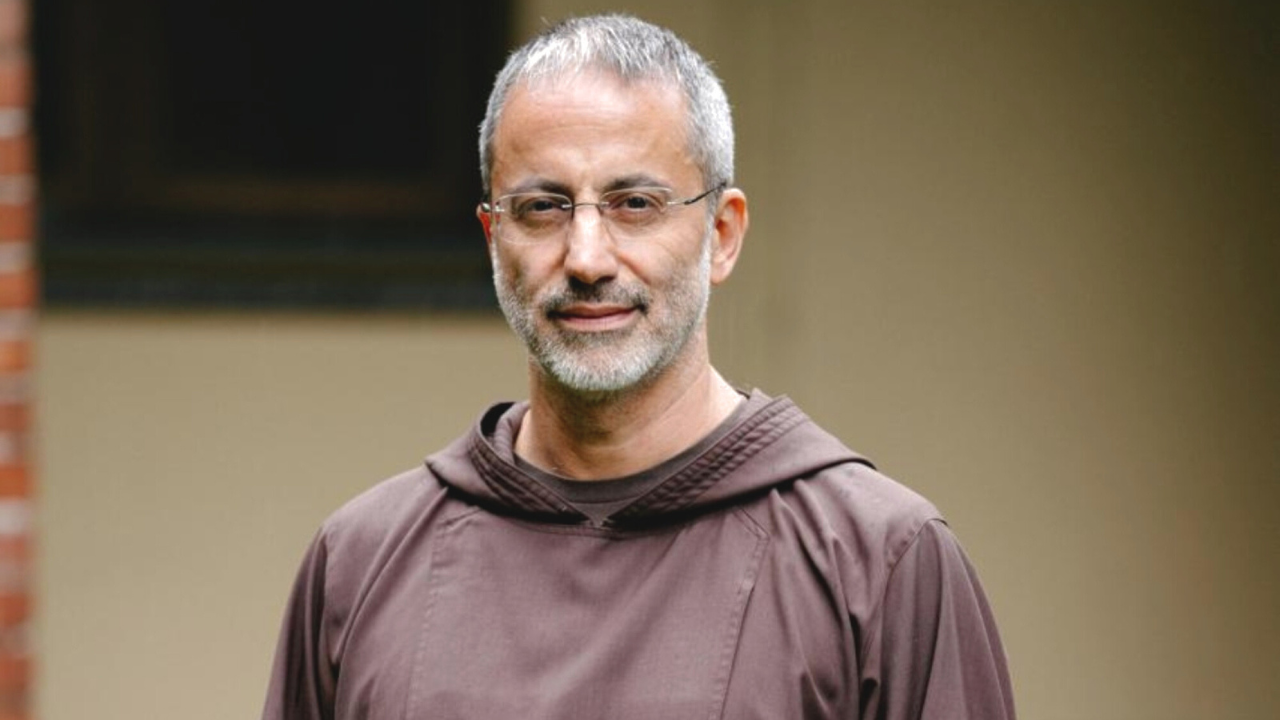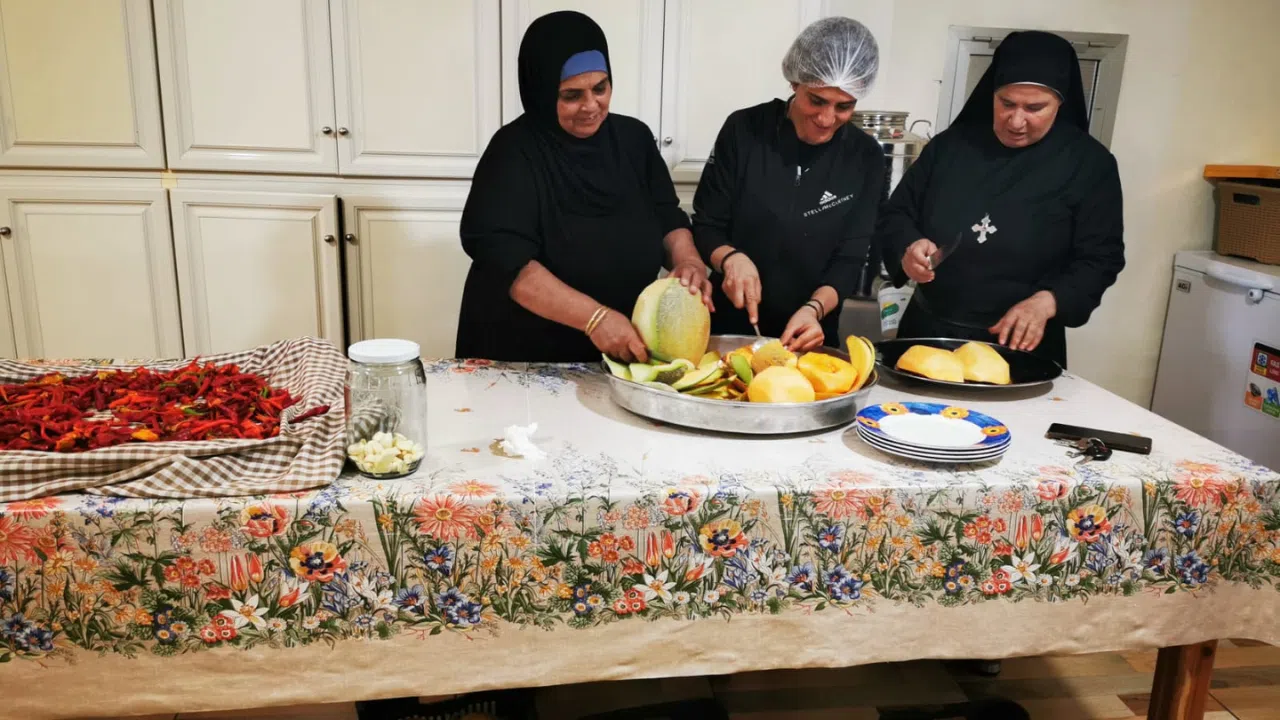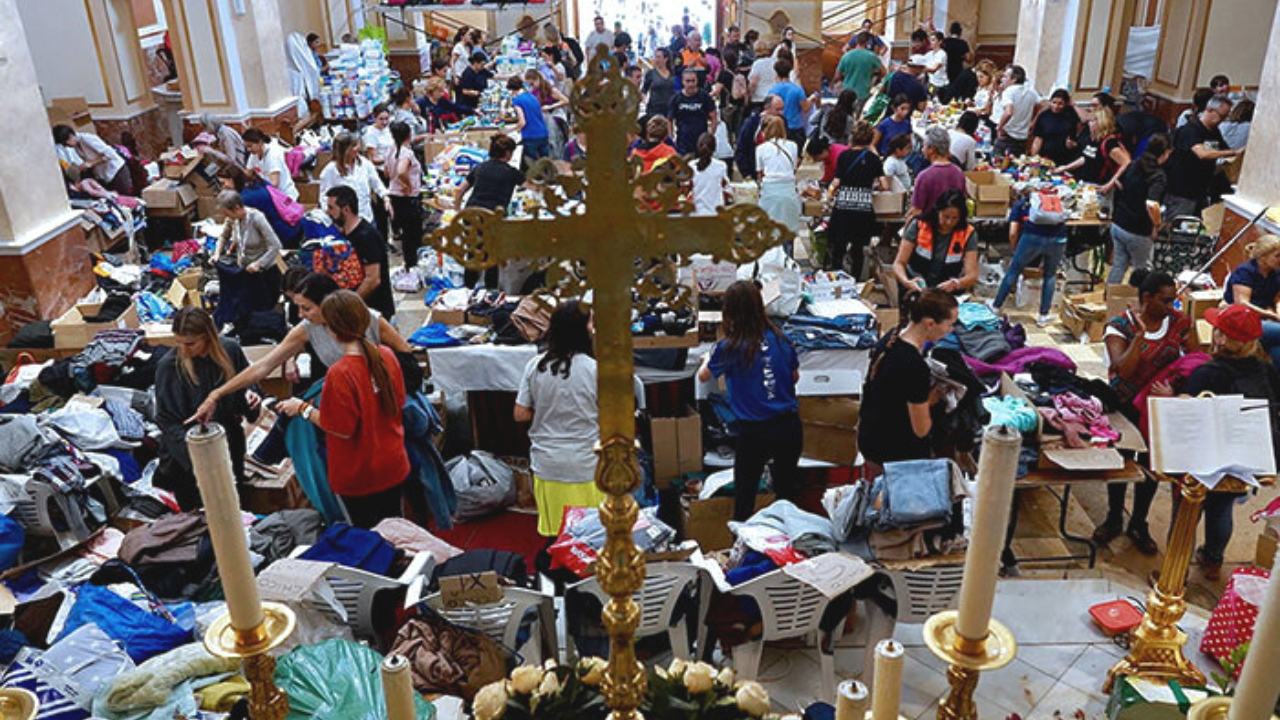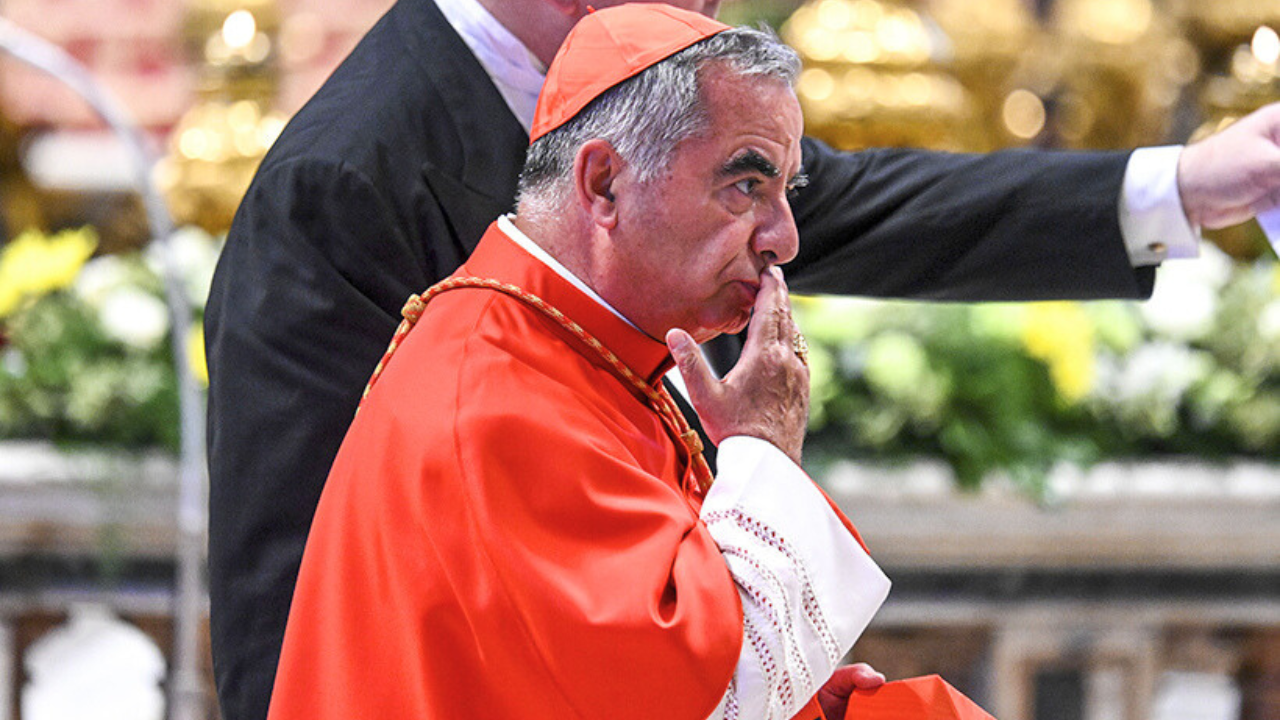No one could have imagined a pope being shot during a general audience in St. Peter's Square.
Valentina Alazraki was correspondent with the Mexican TV network Televisa who was in Rome on the day that it happened.
VALENTINA ALAZRAKI
Journalist
'Personally, I think it was a shock. It was traumatic because we realized that the Pope was a vulnerable person.'
Professionally, she was challenged with filling airtime until more details about the Pope's condition were known.
VALENTINA ALAZRAKI
Journalist
'Well, I ran out, I got to the Foreign Press office to pick up a phone. At that moment my network, Televisa, cleared the channel, interrupted all programming, and I was on the air for 5 hours with my boss Jacobo Zabludovsky in this special transmission in which he did nothing but ask me: 'and how is the Pope?' And we knew that the Pope was in the operating room for more than 5 hours, but we had no internet, no cell phones, no tweets, nothing.”
Once the Pope came out of surgery, it was time to cover the second part of the story: the Pope inviting the world to follow him in his recovery.
VALENTINA ALAZRAKI
Journalist
'In that moment we discovered the immense humanity of John Paul II who wanted his life to be a glass box and wanted to share it with everyone. His good moments, bad moments, joys and sufferings. That was the first image of what would be a long Way of the Cross that we all shared with him because he wanted it that way.'
The attack took place on May 13, the feast day of Our Lady of Fatima, who John Paul II said protected him from death 40 years ago. Today, the bullet that nearly killed him is encased in the crown on a statue of Our Lady in Portugal.
Javier Romero
TR: JM
